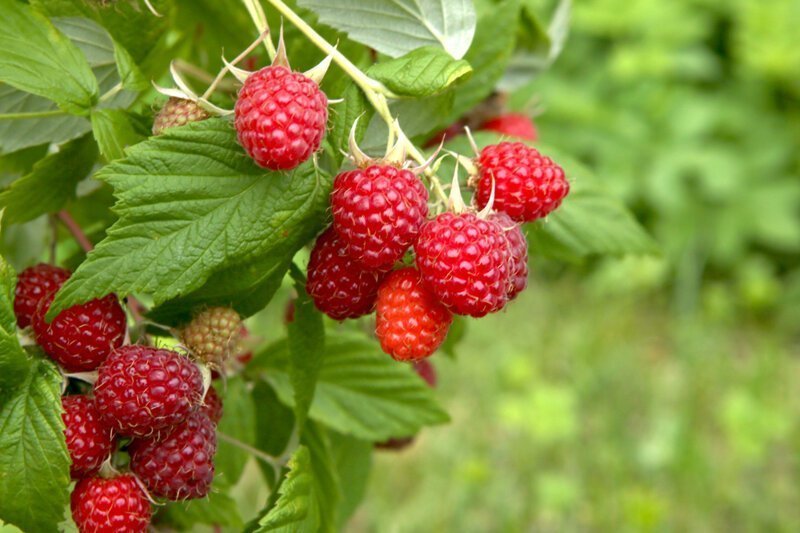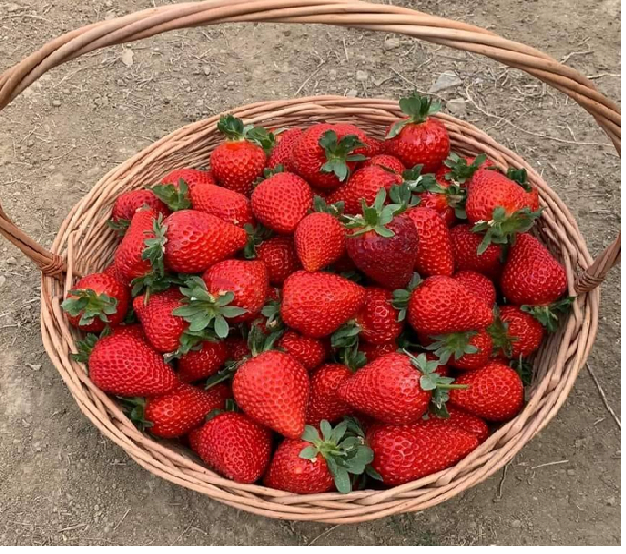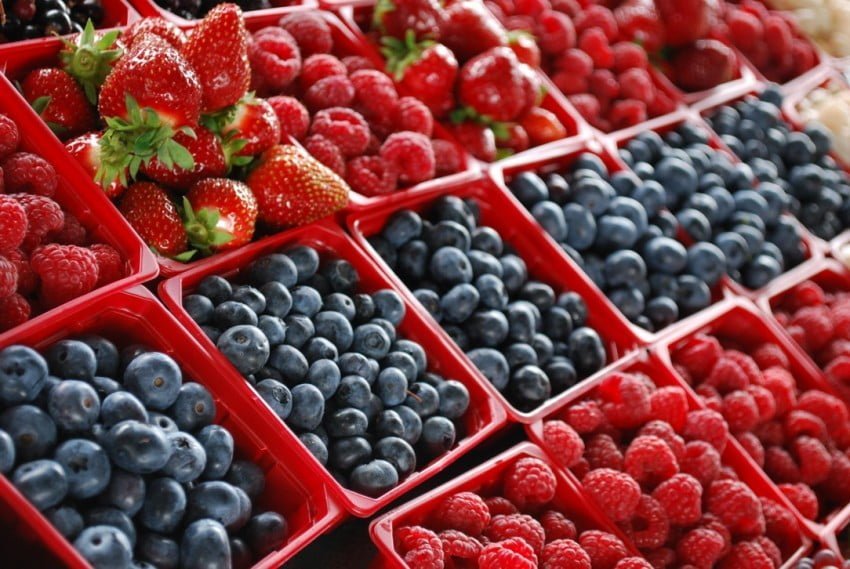Despite this spring’s unusual weather patterns, Ukraine’s berry production is expected to meet both domestic and export demands. However, market prices could be unpredictable, as reported by EastFruit.
In an interview with SEEDS, Taras Bashtannik, President of UHA (Ukrainian Horticultural Association), elaborated on the factors significantly influencing Ukrainian berry pricing.

– This year, the abnormal spring weather has caused significant damage to Ukrainian berry farms. Some believe that this year’s berry yield will only suffice for domestic consumption, and exports are now in question. What is your opinion on this matter?
– In fact, this information does not reflect reality. Indeed, there have been losses in blueberry crops, averaging 10-15% across Ukraine. But that’s the maximum. Ukrainian blueberries will be available, and the losses will not affect exports.
I believe that the export share will even increase, while domestic consumption may slow down slightly. This is influenced by the war and many other factors.
As for the price, it’s difficult to say. It seems to me that the price will be at last year’s level. Perhaps inflation will adjust the prices somewhat, and blueberries may be more expensive by 5-7, even 10%, but no more.
– What can we expect for raspberry prices this year? Some experts predict that this berry could increase in price to 50-70 UAH/kg (1.25-1.75 USD/kg), particularly for high-quality raspberries intended for freezing.
– I fully agree with this forecast. Although the wholesale price may not reach 70 UAH (1.75 USD/kg), it could certainly hit 60-65 UAH/kg (USD 1.50-1.62/kg).
There is a demand for raspberries, and I believe it will continue, with prices likely to be 35-40% higher than last year, as they were exceptionally low then.
It’s difficult to predict the international demand at this point, as the Polish autumn raspberry harvest is still some time away. Regarding the Serbs, they can never be trusted. They always claim at the start of the season that their crops have frozen, to inflate the price, only to later reveal that their harvest is fine – so I wouldn’t rush to any conclusions.

We don’t know what will happen in a month. Today, there are many factors that make forecasting an ungrateful task.
Read also: Assessing the impact of hail on Ukraine’s raspberry, apple, blueberry crops
– Are worker reservations from army mobilization among the factors affecting the berry industry in Ukraine? How has this impacted the operations of Ukrainian berry farms?
– The profile of the berry industry doesn’t quite fit the mold of the broader agricultural sector, where worker reservations from army mobilization might be more common. The issue of war has had a profoundly negative impact on Ukraine’s berry industry.
Additionally, berry farmers are constantly facing logistical challenges – drivers are reluctant to travel or transport goods. This includes anything from materials, packaging, fertilizers, protective agents, to the harvest itself.
If you recall, before Easter in Zakarpattia, strawberries were almost worthless because no one wanted to load them. Why? Well, a driver might set off, only to be handed an army draft notice en route. The problem with driver shortages due to mobilization continues to this day.
Today, garden strawberries from the field are cheap, but the final retail price for berries is expensive. This is because logistics are costly, there’s a shortage of drivers, fuel prices are rising, everything is becoming more expensive, plus the mobilization. All these factors nearly double the final cost of berries.

– Recently, there have been numerous offers to pick strawberries directly from the fields. Will such agritourism help save the harvest?
– In terms of gross production, such picking events are like a drop in the ocean. They won’t globally change the market situation. Although domestic consumption of strawberries is higher than other berries, about 65-70%, nearly 90% of raspberries are exported, with only 10% remaining in Ukraine!
– Lately, Ukraine has experienced prolonged power outages. How does this factor affect the berry industry?
– This will significantly impact all berries related to freezing, especially raspberries, as they require a lot of kilowatts to freeze. This is essentially a major problem that will significantly affect prices for producers.
Power outages affect not just prices. I know of medium-sized factories that have refused to work with berries this year due to electrical grid issues. What does this mean? That a number of factories will not operate. There will be more raspberries on the market than buyers, meaning they will be purchased for as little as 15 hryvnias or next to nothing. Those who don’t want to can choose not to harvest.
This is simply a model of how everything will operate. However, I believe that the price of raspberries this year will be 55-65 UAH/kg (1.37-1.62 USD/kg). If the price of raspberries falls below 40 UAH/kg (1.00 USD/kg), they simply won’t be harvested.
– Did the abnormal spring weather spare the raspberries? Will there be a harvest this year?
– It seems so. But by autumn, many things can change and add new unexpected factors.
– Polish farmers have started blocking the border again; could this affect the export of Ukrainian berries? Similar actions previously caused significant damage.
– The situation is actually unclear at the moment. The nature of this blockade is unknown to anyone. Currently, only one crossing point is being blocked, but the reasons behind it are uncertain. Most likely, these are local issues, as we have globally reached an agreement with the Polish authorities. Why they are breaking the agreements again is unknown.




